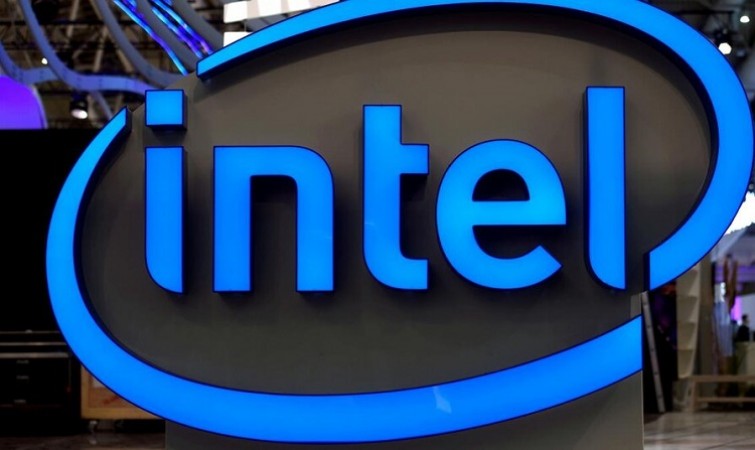
In a significant development, semiconductor giant Intel announced on Friday that it has initiated high-volume manufacturing employing extreme ultraviolet (EUV) lithography equipment at its impressive $18.5 billion manufacturing facility situated in Ireland. This milestone achievement marks a pivotal moment for Intel as it endeavors to recapture its dominant position in the industry, having ceded leadership to Taiwan Semiconductor Manufacturing Co.
Once the unrivaled chip manufacturer globally, Intel is now set on reclaiming its throne, asserting that its cutting-edge manufacturing technology will soon compete head-to-head with its Taiwanese counterpart. At the heart of this endeavor lies the deployment of EUV tools, boasting precision levels so remarkable that they could, theoretically, target an individual's thumb with laser precision from the distant surface of the moon. These tools will play an integral role in Intel's ambitious objective to deliver five successive generations of technology within the span of just four years, a feat the U.S. company is ardently pursuing.
Ann Kelleher, Intel's General Manager of Technology Development, conveyed to Reuters that the company is steadfastly advancing toward achieving this target. Two manufacturing processes have already been successfully executed, with a third progressing swiftly, and the final two phases displaying significant headway.
Situated in Leixlip, a town in the vicinity of Dublin, this facility holds the distinction of being the inaugural high-volume site dedicated to Intel's Intel 4 manufacturing process, which prominently incorporates EUV technology. This innovation is slated to give birth to Intel's forthcoming "Meteor Lake" laptop chip, poised to pave the way for AI-powered personal computers.
The EUV machines, manufactured by the Dutch company ASML, are colossal in size, equivalent to the dimensions of a bus, and come at a staggering cost of approximately $150 million each. Within the plant's premises, seven of these behemoths stand, supported by a fleet of overhead robots, each valued at the price of an average BMW, tirelessly traversing a 22-kilometer network of tracks to transport silicon wafers between various processing stations.
Intel is also anticipating the delivery of its first next-generation extreme ultraviolet lithography machine, the High-NA EUV, at its Oregon facility later this year. The company proudly claims the distinction of being the foremost chipmaker to acquire this cutting-edge ASML machine. Intel's standard protocol typically involves finalizing new manufacturing processes at its research and development center in Hillsboro, Oregon, before disseminating the manufacturing blueprint to other global facilities.
In addition to its Irish site, Intel is charting a course for expansion, with plans underway to establish a substantial chip complex in Germany and a semiconductor assembly and testing facility in Poland. These endeavors are expected to benefit from favorable funding regulations and subsidies within the European Union, as the bloc strives to reduce its reliance on U.S. and Asian semiconductor supply.
At the inauguration of the Irish plant, Intel's CEO, Pat Gelsinger, proclaimed it to be a momentous occasion, declaring it as the "best day for Europe."
Android phone will alert before earthquake, Google will roll it out in India soon